#arborists
Text
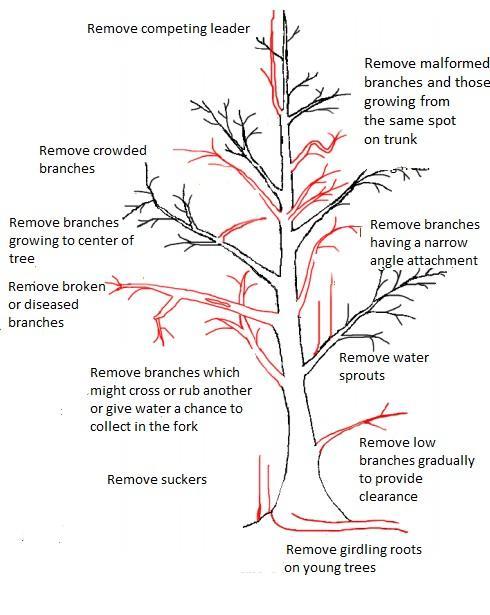
Information on pruning overgrown plants.
Your goals are to have adequate air flow throughout the plant, remove diseased or dead branches, and have good light penetrating the entire plant.
Remove any branch that is rubbing against another. This can cause an open wound on the branch, which is an opportunity for disease to invade the plant.
Remove branches that are growing toward the center of the plant. Also, remove any branches that cross each other. Remember we want to provide both air circulation and light penetration.
Remove any dead or diseased branches. A dead branch will be brittle, its buds will be brown. While a live branch will be flexible, buds will be green and there will be a green layer under the bark.
Generally, remove 1/3 of the plants’ height or 1/3 of its branches.
Remove any suckers and or waterspouts. These 2 types of branches look similar, growing straight up. However, a sucker originates from the roots or below the graft. While the waterspout will be vigorous and originate from the trunk or large branches.
Here is some additional information:
https://extension.umd.edu/.../water-sprouts-or-suckers.../
https://www.uky.edu/Ag/Horticulture/QRLabels/Pruning.html...
Illustration credit: Don Wittig, former UME Master Gardener, https://extension.umd.edu/.../pruning-trees-home-landscape/
204 notes
·
View notes
Text

#nature#naturecore#art#artwork#aesthetic#botany#kuwabara#botanical illustration#nature illustration#scientific illustration#illustration#plant#plants#arborists#flower#flowers#floral#french#garden#gardencore#fairycore#cottagecore#acadamia#light academia#mine
248 notes
·
View notes
Text
Wow! I knew that there were efforts ongoing, but this is the first solid timeline I’ve heard - we are just 10 years from staring to reforest the Appalachian mountains with blight-resistant ~American chestnuts, beginning to undo one of the greatest environmental disasters of the last century. If I understand correctly, these hybrids have been selectively bred for generations with the remaining wild American chestnut trees (they will sprout and even flower, but they die young from the blight) until the only observable Chinese chestnut trait left is the blight resistance. The growth habit, leaves, and seed size look exactly like the Native American tree and the hope is that they’ll adopt the same ecological niche as the old American chestnuts (which the Chinese chestnut trees will not).
youtube
#cool#science#chestnut trees#arborists#reforesting#appalachia#progress#environmentalism#habitat restoration#Youtube#rewilding
42 notes
·
View notes
Text
Apparently trees have lawyers.
63 notes
·
View notes
Note
What's up with the Forestry department? Everyone I ask tells me that arborists and Just Like That.
Yeah
72 notes
·
View notes
Text
while I’m at it, shelf/bracket mushrooms are so fucking nasty to me. It’s gross to me like holes are to a trypophobic. Have you ever grabbed a piece of wood and felt the squelch of wet bracket mushrooms on your skin? NO WORSE SENSATION


I HATE YOU
#I wish I had the same fascination with mushrooms that other people have#but most of them are so abhorrent to me#GOD I cannot stand touching them or being close to them#which is rich because I work in the woods in wisconsin#if I can eat them. fine. I would absolutely be excited to come across chicken of the woods#or some morels#but the rest of them are on my shit list#eveline says stuff#mushrooms#naturalist#ecology#mycology#woods#forest#arborists#fungi
9 notes
·
View notes
Text

#me#new hampshire#new england#tree#tree work#tree guy#climbing#tree climbing#nature#outdoors#arborists
6 notes
·
View notes
Text
New reaction gif for those times some blow hard asks the perennial question 'where have all the flowers gone?' 'where have all the masculine men gone?'

(x)
9 notes
·
View notes
Text
I'm thinking of becoming an arborist. Might not be the most obvious career choice for someone with a masters in art history, but I've always found it interesting and I've always loved pruning trees and ecology and horticulture.
Arborists of tumblr, any advice on how to get into the field (in canada)?
2 notes
·
View notes
Text
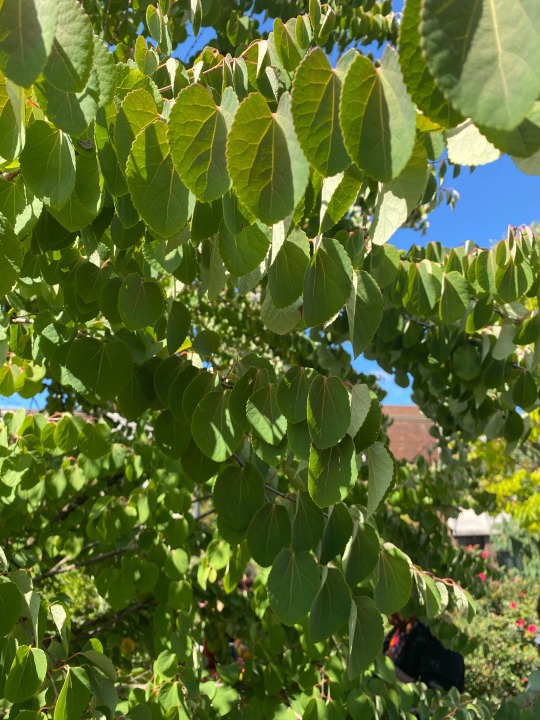
Katsura tree in the courtyard
#katsura tree#cercidiphyllum japonicum#horticulture#arborists#trees#leaves#cottagecore#naturecore#botany#gardencore#landscape
2 notes
·
View notes
Text
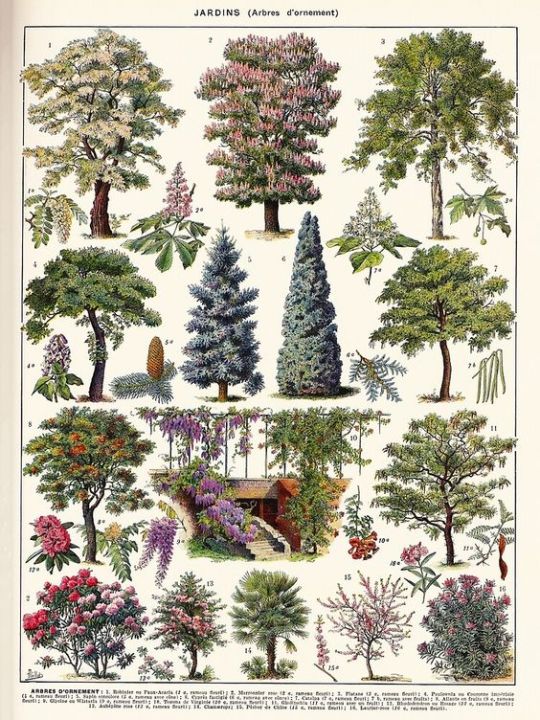
#nature#naturecore#artwork#art#aesthetic#botanical illustration#scientific illustration#illustration#nature illustration#botany#botanical art#arborists#flowers#garden#gardencore#cottagcore#cottage core#light academia#academia#trees#floral#floral art
217 notes
·
View notes
Text
Arborists Advise: How to Identify Your Trees
How to ID your trees by looking at bark, leaves, needles, scales… and apps
Are you struggling to identify your trees in your back garden? Not sure what you have, how big it will grow, when you should prune it and how to take care of a tree? Well the first thing you need to know is how to identify it!

There are over 23,000 different types of trees in the world, from towering Sequoias to tiny bonsai trees; and 7,500 different types of these trees are found in Ireland. All trees have clues and features that can help with identification. You just need to know what to look out for. This quick guide will give you a few basic hints and tips on tree recognition.
Read below to find out all the basic principles of how to ID your trees! If you still need advice from professional and experienced arborists - tree surgeons, feel free to contact us.
Tree Morphology
Woody plant identification is based on morphology. This is the size, shape and appearance of your tree. Some trees are easily recognisable from afar: Compare the distinctive heavily-spread crown of an Oak, to the light narrow shape of a silver birch, for example, very different!
The morphology of a tree can be affected by its location. Trees in woodland can’t spread out, so they often have narrower crowns compared to trees in parks with lots of space around them.
Leaves of a tree
Leaf type, shape, appearance, texture and colour are all key characteristics when identifying trees. They are also often the most obvious feature, particularly in spring and summer.
The leaves of broadleaved trees fall into two basic types - simple and compound. Recognising the difference between a simple leaf ad a compound leaf is the first step of identification. A leaf is determined by the presence of a bud where it attaches to a stem.
A Simple Leaf
A 'simple' leaf, is what you would commonly recognise a leaf to be. It is just a single leaf that is only made up of one part. It is not subdivided into leaflets (1 blade, needle etc). It is always attached to a twig by its stem or the petiole. The margins, or edges, of the simple leaf can be smooth, jagged, lobed, or parted. Lobed leaves will have gaps between lobes but will never reach the midrib.
Common trees with Simple Leaves
Sycamore
Hawthorn
Maple
Birch
Oak
A Compound Leaf
In contrast to a single leaf, a compound leaf has two or more leaflets, which are attached to the middle vein and have their own stalks. It is sometimes confusing to know whether you're looking at a leaf or a leaflet. In these situations, locate lateral buds along the twig or branch. All leaves, whether simple or compound, will have a bud node at the place of petiole attachment to the twig. Compound leaves have a bud node at the base of each stem or petiole but no bud node at the base of each leaflet on midribs and the rachis of the compound leaf.
Compound leaf formations can either be 'palmate' or 'pinnate'.
Pinnate are feather-shaped where leaflets are attached in pairs along the central vein.
Palmate are palm-shaped, like the outstretched fingers of a hand.
Getting confused ? Look at the images (in the original post) to better understand the different arrangements!
Common trees with palmate leaves
Horse chestnut
Maple (Acer sp.)
Sweetgum (Liquidambar styraciflua)
Sycamore (Platanus occidentalis)
Common trees with pinnate leaves
Rowan
Ash
Elder
Hickory
Walnut
Identifying some tree species requires recognising relatively minor leaf, bud or twig characteristics. For example, the type of leaf margin, the shape of the leaf base or leaf apex, the presence of hairs on the upper or lower leaf surfaces, or even the colour of the twigs.
Look at the image below to see the different leaf margins. You will recognise some leaves, such as the Oak leaf, which is lobed and the Beech tree has serrated margins etc.
One little trick arborists like to use in identification, is to narrow down the genus of the tree, based on whether the tree has an ‘opposite’, ‘whorled’ or ‘alternate’ leaf and bud arrangement.
Evergreen trees all look the same! Not for a professional arborist.
If the foliage on the tree is needles or scales then you are probably looking at a conifer. A conifer is a cone-bearing tree. The needles and scales of conifers are also considered types of leaves.
Common Conifers include:
Pine
Fir
Cypress
Larch
Spruce families.
Needles & Scales
Most conifer trees have needles or scales present all year that can be used for identification. One of the few exceptions is European larch which loses its needles in winter. Pines, Spruces, Firs, Cedars and Larches have needles. They can be different shapes, sizes and be arranged differently on twigs. Pines have needles, usually borne in clusters of two, three or five. Spruces and Firs produce their needles singularly. Spruce starts with an ’S’, making it easier to remember that their needles are short, sharp, single and square.
The needles of firs detach from the stem, leaving a circular ‘pad’, whereas Spruce needles leave a tiny stalk. Other conifers may have awl-like or scale-like foliage. Flattened needles could mean your tree is a Yew or whorls of three needles may be indicative of juniper. Larch needles are arranged in clusters. Species of the cypress family have scales. These are flattened and shield-shaped that overlap on the twigs.
Palms are grasses not trees!
Palms are classified as monocots, and as such are related to grasses. The variety within palms is remarkable. There are thousands of species, different one being native to each different continent (except Antarctica). Despite being related to grasses, Palms can be identified in similar ways to trees. Their leaves - known as fronds, are compound and either in pinnate or palmate formation.
Most of the common species are single stem (instead of multi-stemmed). Some are shrubby, others are vine-like. There are species that can grow over 200ft (65m) tall! Coconut palms produce the largest seeds of any plant, and they float allowing them to travel from island to island.
Most palm species are native to tropical or sub-tropical rainforests, but some do survive here in Ireland! The loop through wild country in the Ring of Kerry area, around the Iveragh Peninsula, have palm trees. Areas like Glengarriff, who luxuriate in the warm waters of the gulf stream, have wonderful displays of palms for example!
Bark
In the winter time , when leaves aren’t present on deciduous trees, then bark can be a great aid to identifying trees. Take a closer look at the appearance, texture, markings and colour of the bark. What colour is it? Bark isn’t just brown, it can be grey, white or green! It develops over time as the tree ages, becoming more interesting, gnarled, and fissured as the tree gets older. Does your tree’s bark have a pattern of ridges or depressions, peeling flakes or is it fissured, smooth or shiny?
There are some brilliant apps for bark identification, so you can download one of these if easier. Good identification apps are listed at the bottom of this page.
The difference between young Oak bark and ancient Oak bark
Tree identification: Use all your senses!
Tree identification is sometimes based on more than visual senses. Smell, and even taste, may be useful to determine unique characteristics of twigs, leaves, flowers or fruit. Tropical arborists often have to consider the colour the sap, or other obscure characteristics to distinguish similar looking species.
All though using leaves as your identity giver is the easiest option; it is important to use all available information to identify your tree. If you think your leaf looks like an Oak leaf, but you really aren’t sure, then take a step back and look at the tree’s form. An Oak tree, to use this example, will have a spreading habit and may have Spanish moss growing on it.
Using Books, Keys & Tech
Many trees and shrub reference books use identification keys. This is the premise that most tree identification apps work off too. These are used to systematically obtain the identification of the plant, by analysing the shape, texture, arrangement of leaves, bud characteristics and twig shapes (i.e the morphology of the tree).
A few notes of caution about relying on keys:
A certain level of expertise and understanding of the terms used in keys is necessary (all explained above!)
Owing to seasonal differences in plant colour and morphology, the plant may not match its written characteristics annotated in the book, or uploaded onto app software. Sometimes tree identification requires a more… holistic approach.
Some apps and books only have generic trees listed, rather than trees specific and native to your location; and thus may not recognise them. Nevertheless, it is always helpful, and quite fun to use books and apps for a go-to reference point.
Good apps for Tree identification
Woodland Trust - British Trees ID app
Leafsnap - Plant identification app
Plantnet - Plant identification app
How can an arborist help?
Arborists are excellent at identifying trees as they have been trained to have the fundamental, and essential, knowledge of woody plant anatomy. Although arborists usually concentrate on leaves and overall form when identifying trees and shrubs; botanical identification is often based more on the reproductive characteristics - i.e the flowers and the fruit.
A good arborist has learnt to identify trees using many characteristics- obvious ones that you can see too, if you take a good look at your trees. These include bark, buds, twigs, leaves, flowers, fruit and even scent! Spotting key characteristics enables an arborist to identify trees in any season- even when deciduous trees are all stripped back and bare in the winter time.
We hope this blog will aid in your understanding of tree terminology. If you feel totally out of your depth then do not hesitate to contact us, as we have trained arborists who will happily help you out!
31 notes
·
View notes
Photo

Precious are the memories that trees recall.
5 notes
·
View notes
Text

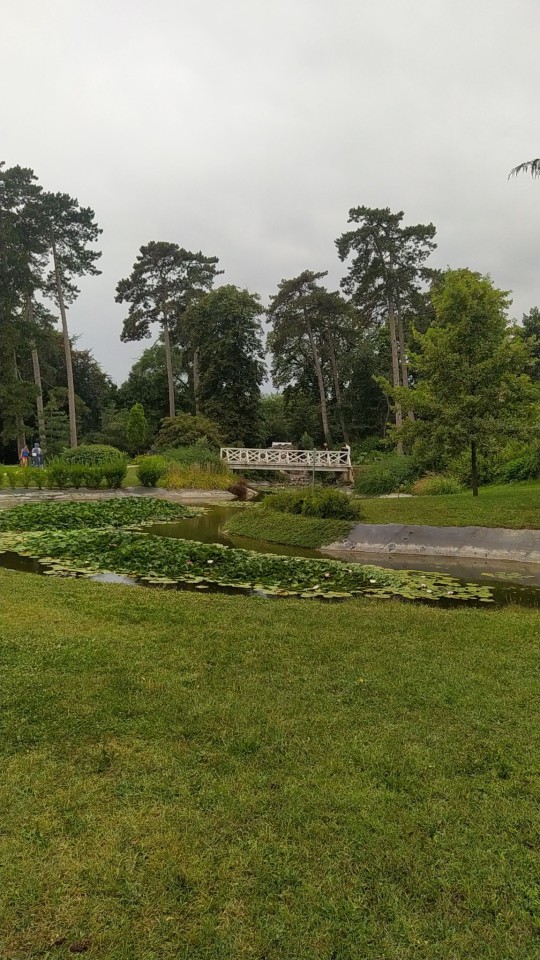
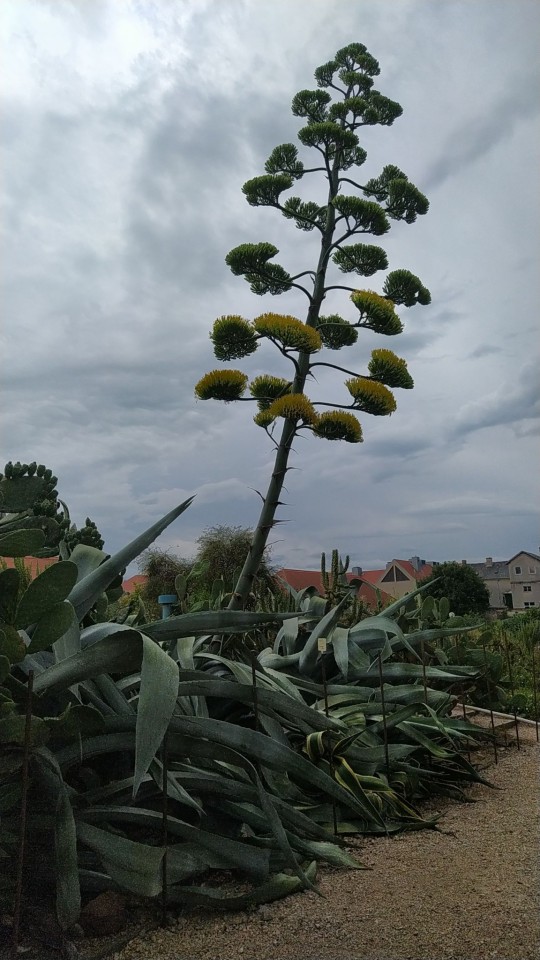
#lovely#love#love quotes#forest#green#green moodboard#plantblr#plant photography#plants#plantcore#arborists#arboriculture#arboretum#trippy#trip#flowers#flower
4 notes
·
View notes
Text
Arborists are just gay lumberjacks.
#no I’m not explaining#nor am I taking questions at this point#thank you#arborists#arboriculture#queue’s asking?
6 notes
·
View notes
Text
todays episode of “oh I just accidentally remembered ancient human knowledge”
I just processed spruce resin for the first time, for the purpose of using it in a salve for my girlfriend. After my beads of processed resin were dry I thought they looked kind of like candy. After staring at them a little too long i decided to put a piece in my mouth and bite down. It immediately got gummy and chewy. The taste was pleasant and very mild, and not at all overwhelming like I thought it would be. I’ve been chewing it for over an hour and it hasn’t stuck to my teeth at all, and has kept the spruce flavor. Its tackier than the chewing gum I’m used to, but it’s chewing gum! No shit Sherlock! People have been doing this for millennia!
Anyways, gonna make my friends and family try it


2 notes
·
View notes